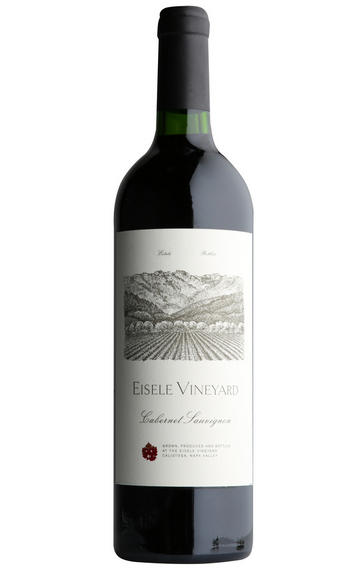
2013 Eisele Vineyard, Cabernet Sauvignon, Napa Valley, California, USA
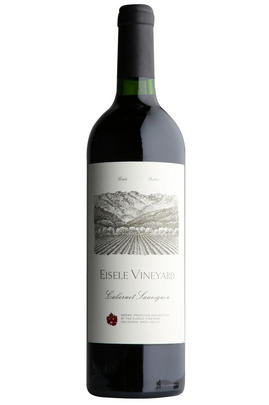
Critics reviews
Robert M. Parker, Jr. - 31/12/2015
Elaine Chukan Brown - jancisrobinson.com, 29th Sep 2016
Drink 2023-2045.
William Kelley , "Top Napa Picks", Decanter.
Both 2013s are clearly the finest Eisele wines made under the administration of François Pinault and his top lieutenant, Frédéric Engerer, who also runs the show at Château Latour. The utterly compelling 2013 Cabernet Sauvignon is 100% Cabernet Sauvignon in this vintage and 1,800 cases were made. The wine is off-the-charts great, with an opaque bluish/purple color to the rim, an aroma of pen ink, graphite, blackberry and blueberry fruit, a hint of licorice, camphor and incense. The wine is full-bodied, with extraordinary concentration, remarkable equilibrium and noticeable, but sweet, well-integrated tannin. This is a large-scaled Eisele Vineyard Cabernet Sauvignon, but flawless and with no edges. It is an amazing effort and a great achievement from this incredible terroir. Drink it over the next 30-40 years.
Drink 2016-2056
Robert M. Parker, Jr, robertparker.com (Oct 2016)
About this WINE
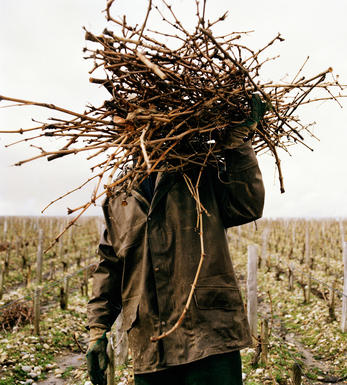
Araujo Estate
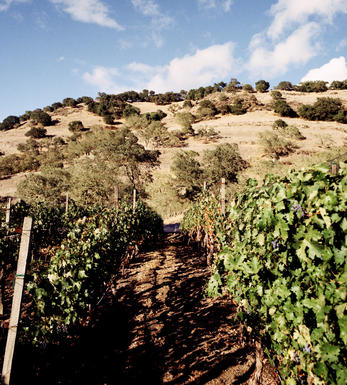
Napa Valley
North Coast's Napa Valley is California's most famous viticultural area (AVA), claiming some of the most expensive agricultural land in the world and producing wines of ‘cult’ status.
Its 16,000 ha of vines lie over a strip (40 miles long-5 miles wide) of diverse soils (clay, gravely, volcanic), with its northernmost end on the side of Mountain Helena and its foot in San Francisco Bay. The valley is framed by two mountains ranges Vaca (to the north) and Mayacamas (to the south), yet the main climatic influence is the cool wind and fog that is sucked in from San Pablo Bay during the afternoon, allowing grapes to ripen slowly and evenly.
The area enjoys a variety of unique microclimates, as temperatures can vary dramatically as much as 15 degrees, from the north to the south end of the valley. These differences have led to the creation of several sub-AVAs (14 in total) including:
Atlas Peak, Chiles Valley District, Diamond Mountain District, Howell Mountain, Los Carneros, Mt. Veeder, Oakville, Rutherford, St. Helena, Spring Mountain District, Stags Leap District, Yountville, Wild Horse Valley and Oak Knoll District. The Calistoga AVA is still pending approval.
Both the “Napa Valley” designation and the sub-AVA name must appear on the wine label simultaneously, with the exception of wines from the Carneros AVA, which is shared between the Napa Valley and the Sonoma County.
Cabernet Sauvignon is the undisputed king of Napa grapes, occupying over 45% of the vineyard acreage, followed by (predominantly) Chardonnay, Sauvignon Blanc, Chenin Blanc, Riesling, Zinfandel, Merlot, Cab. Franc and to a lesser extent Petite Sirah, Sangiovese, Barbera, Dolcetto.
Recommended Producers
Frog's Leap, Dominus, David Ramey, Viader, Stag's Leap Cellars, Paras Vineyards, Heitz.
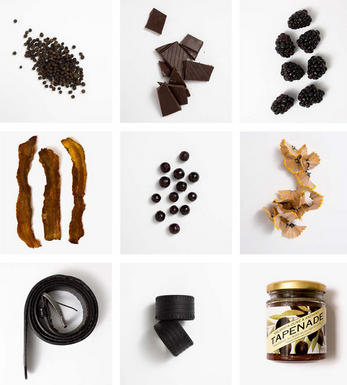
Syrah/Shiraz
A noble black grape variety grown particularly in the Northern Rhône where it produces the great red wines of Hermitage, Cote Rôtie and Cornas, and in Australia where it produces wines of startling depth and intensity. Reasonably low yields are a crucial factor for quality as is picking at optimum ripeness. Its heartland, Hermitage and Côte Rôtie, consists of 270 hectares of steeply terraced vineyards producing wines that brim with pepper, spices, tar and black treacle when young. After 5-10 years they become smooth and velvety with pronounced fruit characteristics of damsons, raspberries, blackcurrants and loganberries.
It is now grown extensively in the Southern Rhône where it is blended with Grenache and Mourvèdre to produce the great red wines of Châteauneuf du Pape and Gigondas amongst others. Its spiritual home in Australia is the Barossa Valley, where there are plantings dating as far back as 1860. Australian Shiraz tends to be sweeter than its Northern Rhône counterpart and the best examples are redolent of new leather, dark chocolate, liquorice, and prunes and display a blackcurrant lusciousness.
South African producers such as Eben Sadie are now producing world- class Shiraz wines that represent astonishing value for money.


Buying options
Add to wishlist
Description
The 2013 Cabernet Sauvignon Eisele Vineyard, which is also 100% of this varietal, behaves similarly to how the 2013 Altagracia did compared to its older sibling. Inky, bluish purple with a beautifully pure nose of blueberries, blackberries and cassis with background floral notes, this full-bodied wine (14.8% alcohol) tastes a lot younger and less evolved than its 2012 counterpart. I’d think this was a barrel sample, then again, it’s only been in bottle for three months. Beautiful layers of fruit, velvety more noticeable tannin, exquisite purity and an almost endless finish make for a remarkable effort that needs another 5-6 years of cellaring and should keep 30 to 40+ years, particularly in view of how Eiseles from the early 1970s have lasted.
Robert M. Parker, Jr. - The Wine Advocate, 31st Dec 2015
wine at a glance
Delivery and quality guarantee